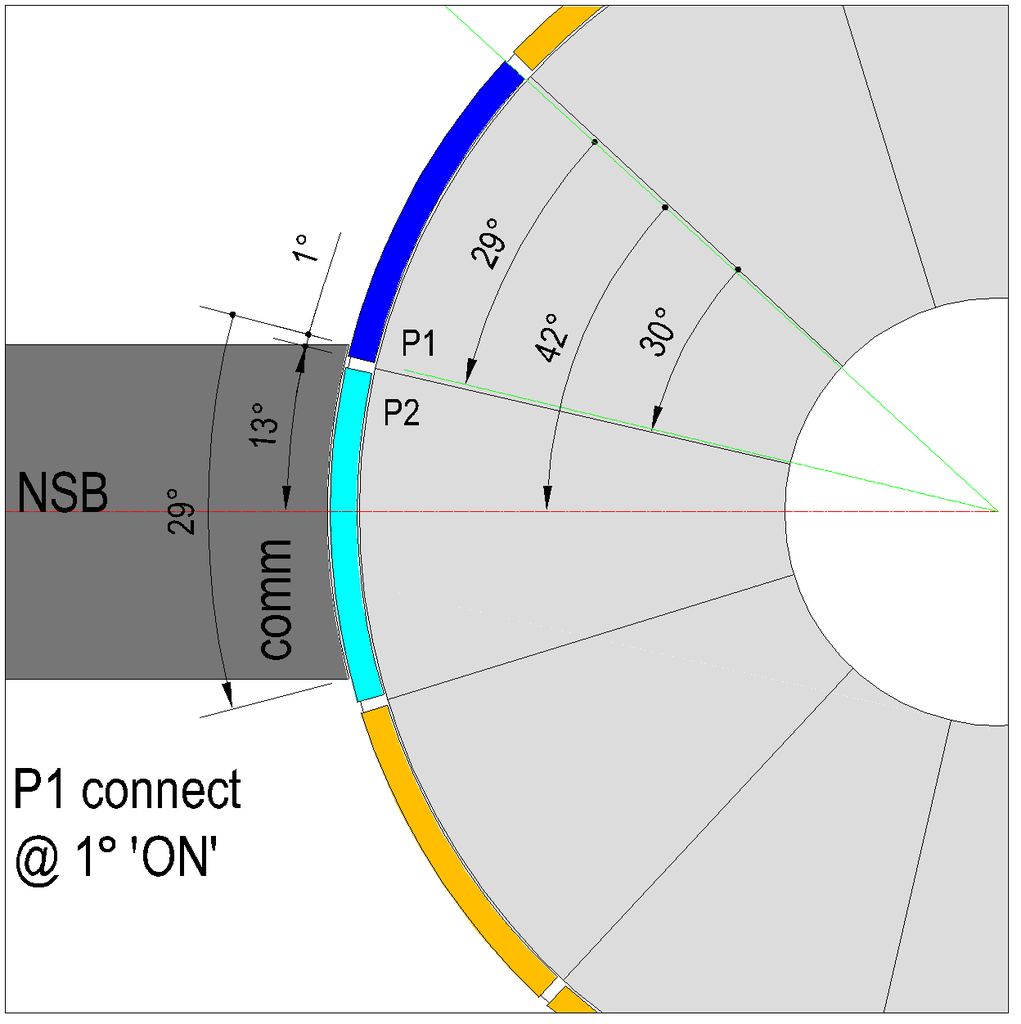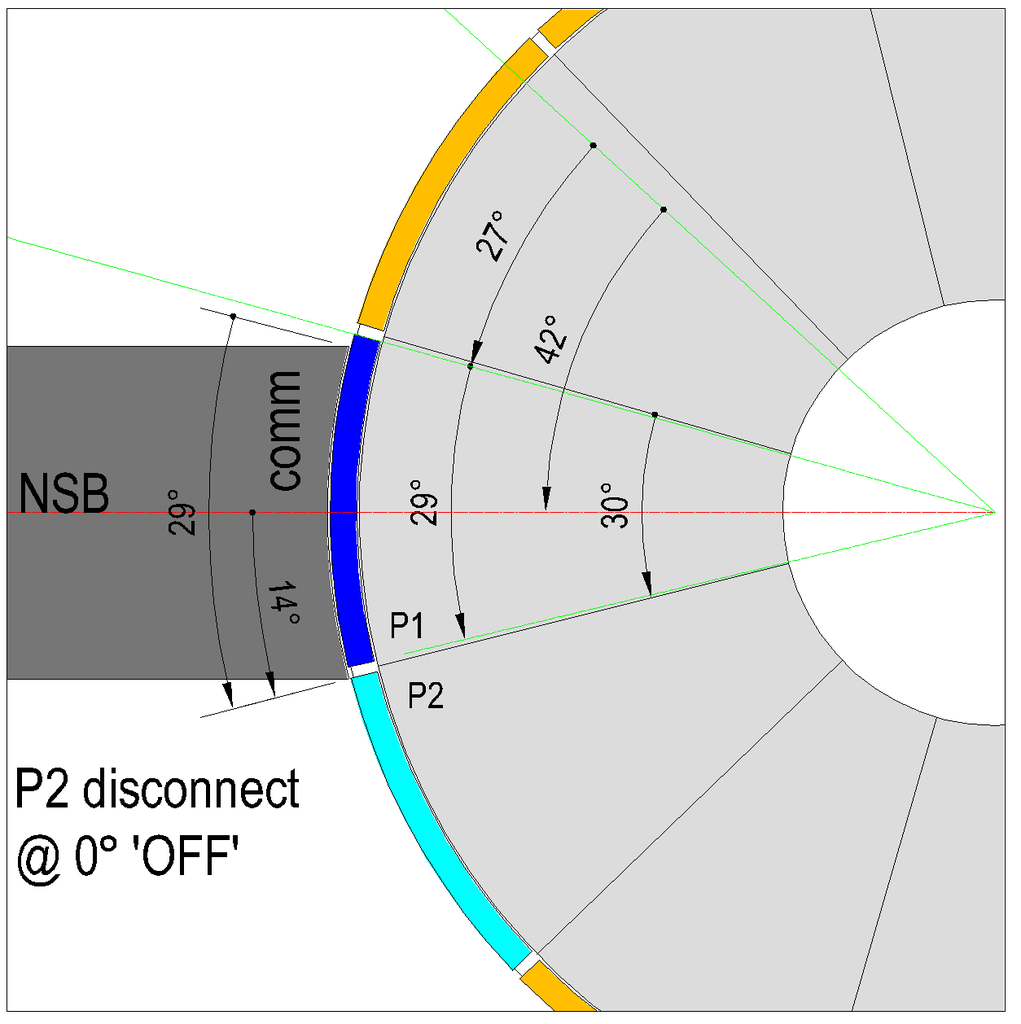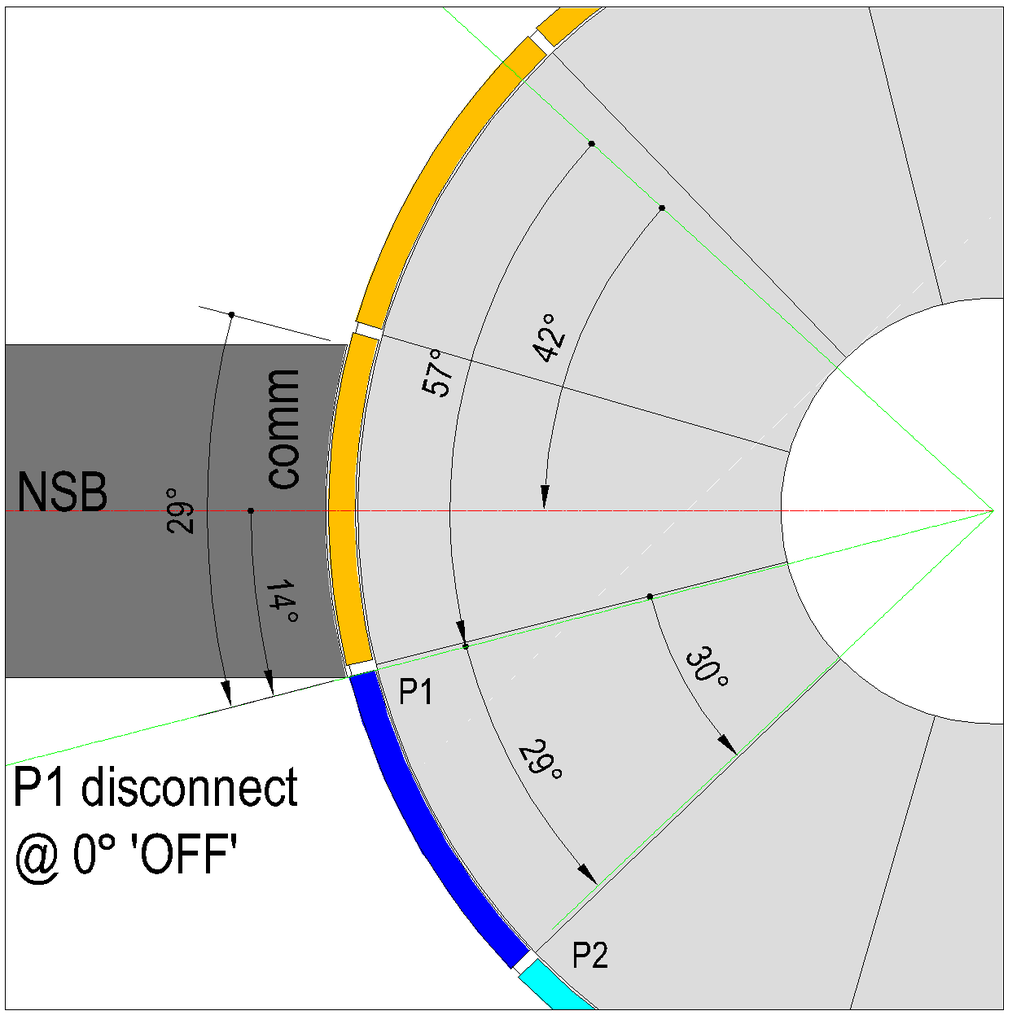Originally posted by Ufopolitics
View Post
bi






 (I am praying here so we were on same track!)
(I am praying here so we were on same track!)


 Seems to run pretty nice though, if I don't say so myself!
Seems to run pretty nice though, if I don't say so myself! Seems to run pretty nice though, if I don't say so myself!
Seems to run pretty nice though, if I don't say so myself!





 [/IMG]
[/IMG] [/IMG]
[/IMG] [/IMG]
[/IMG]
Comment